Newsletters and email marketing campaigns are some of the best ways for nonprofits to keep in touch with donors, volunteers, and clients. According to MailChimp, the average open rate for marketing emails that come from nonprofits is 25.17%—substantially higher than the overall average of 21.33%.
If used successfully, email campaigns can be instrumental in helping to build an awareness of your organization’s brand, solicit donations, inform subscribers of upcoming events and opportunities to get involved, and more.
However, when it comes to email marketing for nonprofits, there’s one important catch: the most well-crafted email campaign in the world won’t do much good if you don’t have anyone to send it to.
For that reason, it’s essential to make sure you have a plan in place to build and maintain your organization’s contact list.
Easier said than done, right?
Well, not necessarily. While building your email list may take some time and effort, it doesn’t have to be an arduous or painful process. What’s more, the potential payoffs of a solid, organically built email list more than outweigh the effort that goes into curating it.
So, where to get started?
Here, we’ve compiled a list of simple strategies for how to increase email subscribers:
1. Create Opt-In Opportunities
Anytime someone interacts with your organization, either online or in-person, that’s an opportunity to ask them for their email address (and, of course, their consent to be emailed).
Website pop-ups are one of the most common opt-in strategies. However, while well-designed pop-ups can be extremely effective, others can also be annoying if they appear too frequently or get in the way of your site content. And with recently introduced destination requirements, Google will derank any pages with popups that interfere with reading or navigating your site. Make sure you implement pop-ups so that they correspond with visitor interest and don’t detract from readers’ experiences on your site.
Other digital opt-in opportunities include sign-up links in employees’ email signatures, or adding opt-in links at the end of blogs and other content.
If your organization has a brick-and-mortar location, consider creating opportunities for volunteers or clients to write their email address down when they visit, or simply leaving out a clipboard or collection box in a public space.
2. Offer an Incentive
Few things are free in today’s world, and email addresses are no exception. If you offer people something of value in exchange, they’re much more likely to join your mailing list. That “something” might be a free ebook download, a discount on a service or product, access to a webinar or online toolkit, or other resources—whatever is most valuable to your client or donor base.
To spice things up, you might also consider a contest or raffle of some kind in which people who subscribe through a certain form are entered in a drawing for a free service, gift card, or other reward.
This strategy can also be implemented at events. For example, you might offer a free sticker or small piece of merch in exchange for email addresses.
3. Leverage Social Media
Social media offers additional opportunities for opt-ins. Add a subscribe link in your Twitter, Facebook, or Instagram bios, or use social media platforms to promote the incentives mentioned above.
4. Purchase Selectively
Many organizations take the easy way out by purchasing email lists of people in their area, or who meet some target qualification. While this approach may seem appealing, this tactic isn’t recommended for a variety of reasons. In fact, marketing experts generally agree that it can actually end up damaging your organization’s credibility and brand rather than helping them.
However, email capture services that work in a more nuanced, targeted way can be helpful. For example, Nonprofit Megaphone’s Visitor Email Tool helps organizations collect the email addresses of potential subscribers only if those people consented to have their information purchased, and only after they’ve visited your organization’s website. As such, it collects only the email addresses of those who have shown an interest in your organization by navigating to your website, which boosts your open rate and provides better leads than traditionally purchased email lists.
5. Practice Good Maintenance
Growing your email subscription list is useless if you can’t hang on to the subscribers you have. As such, it’s a good idea to ensure that your email marketing strategies focus on both growth and retention.
Make sure you’re adhering to email marketing best practices, such as sticking to a consistent schedule; providing relevant, helpful information that won’t get caught in spam filters; and not sending too many emails.
Email marketing campaigns are an excellent way for nonprofits to meet their goals and keep clients, donors, and volunteers alike engaged. While growing and maintaining a robust email subscription list might seem intimidating at first, with a little effort and know-how, it’s possible for any organization.
Have more questions about developing a successful email campaign? We can help! Click here to learn more about managing your email subscriber list, or contact us to learn more about the Visitor Email Tool!
.svg)


.svg)
.svg)
.svg)

.avif)
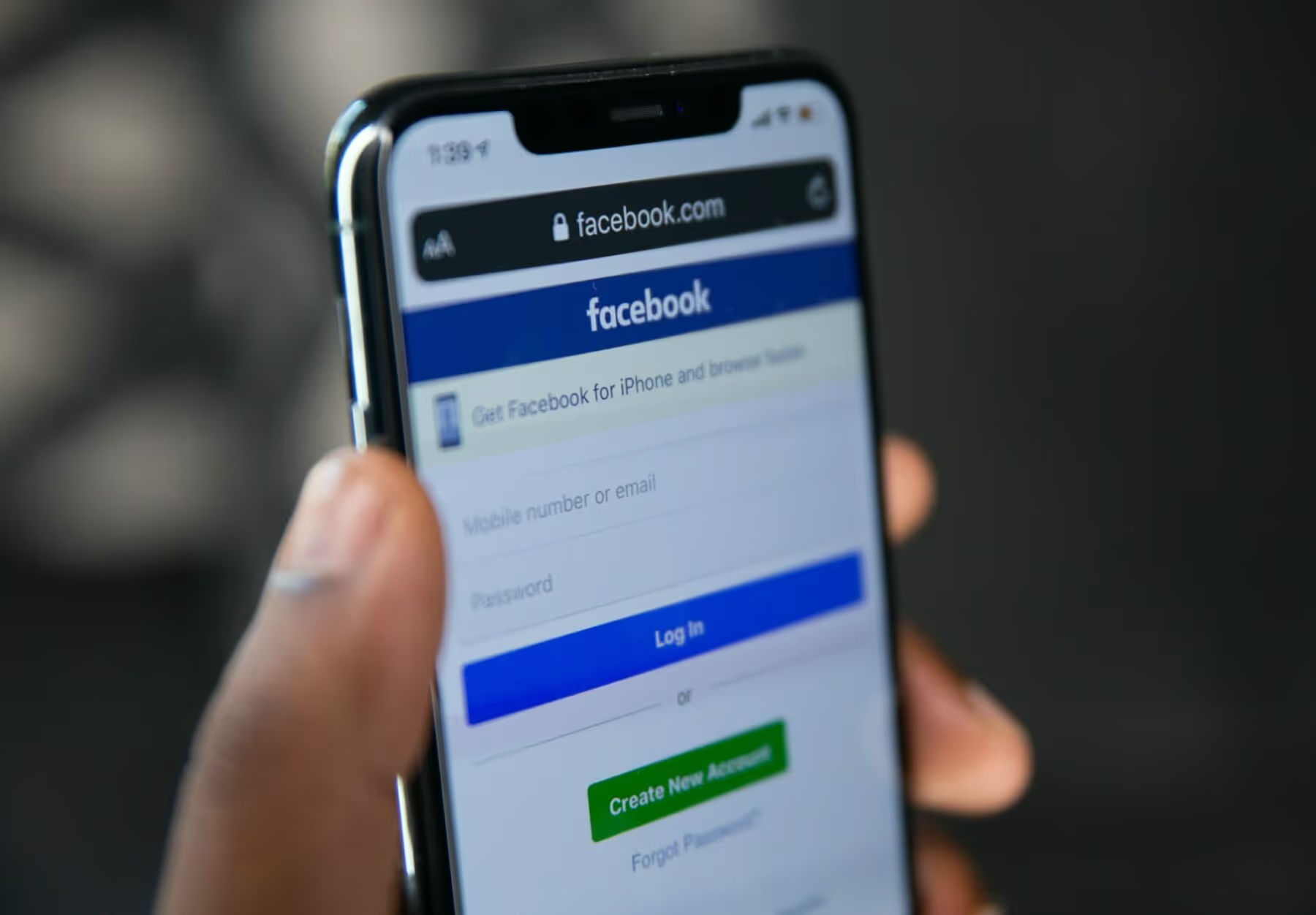

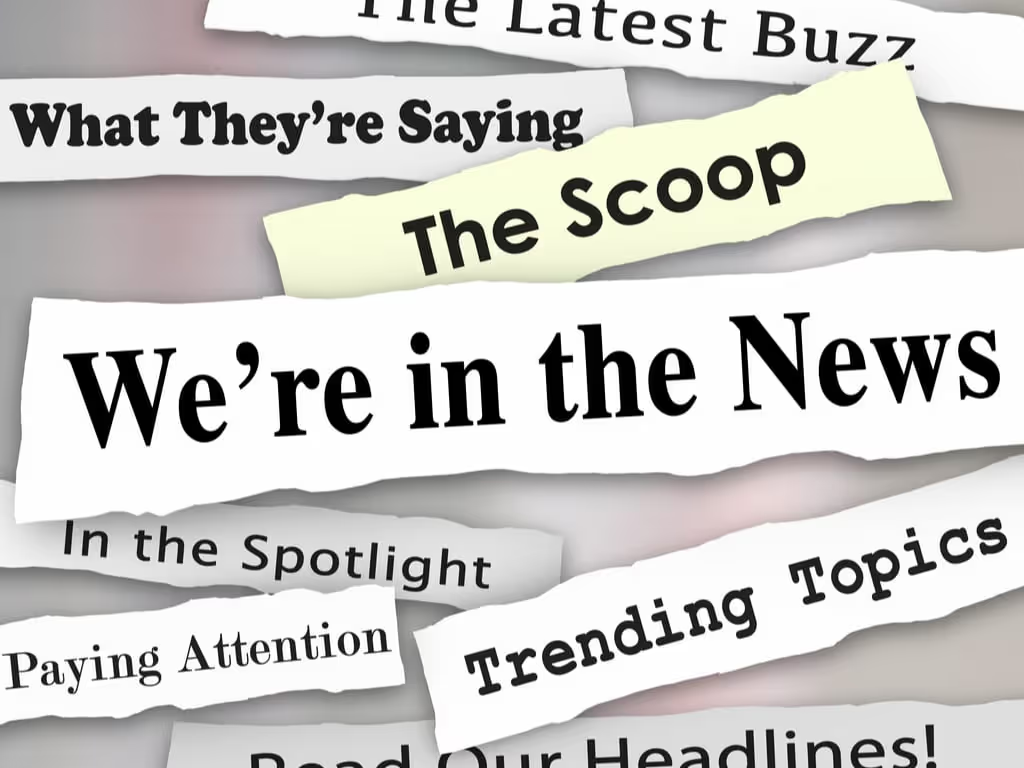



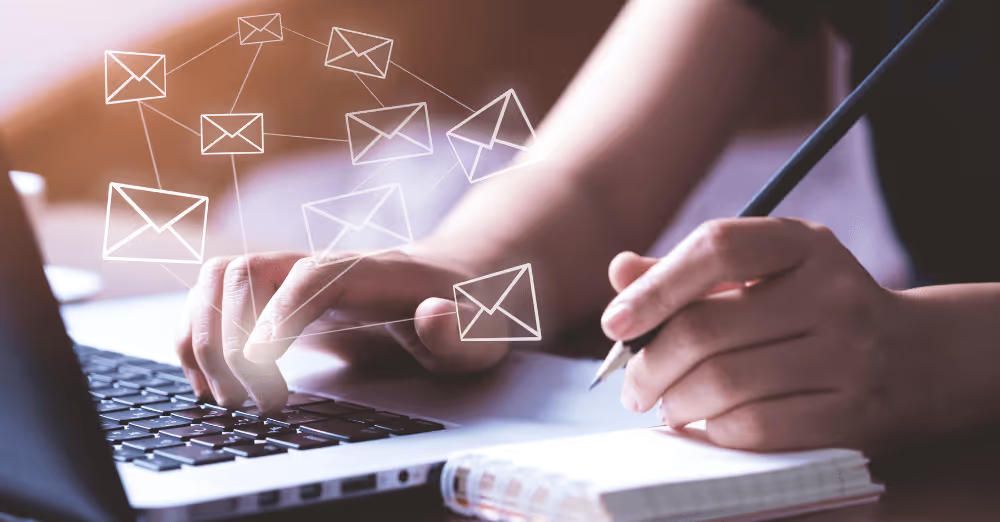



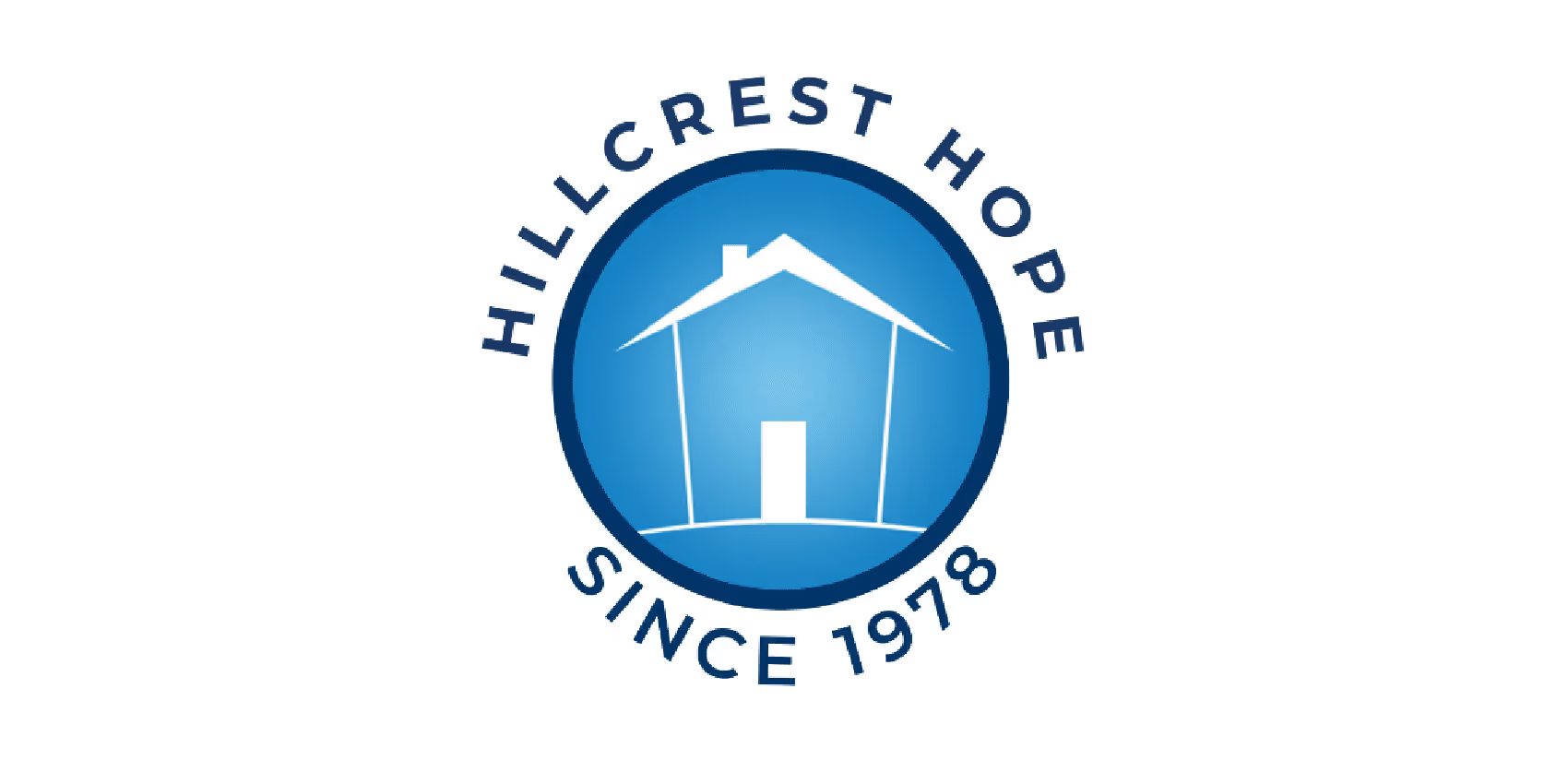







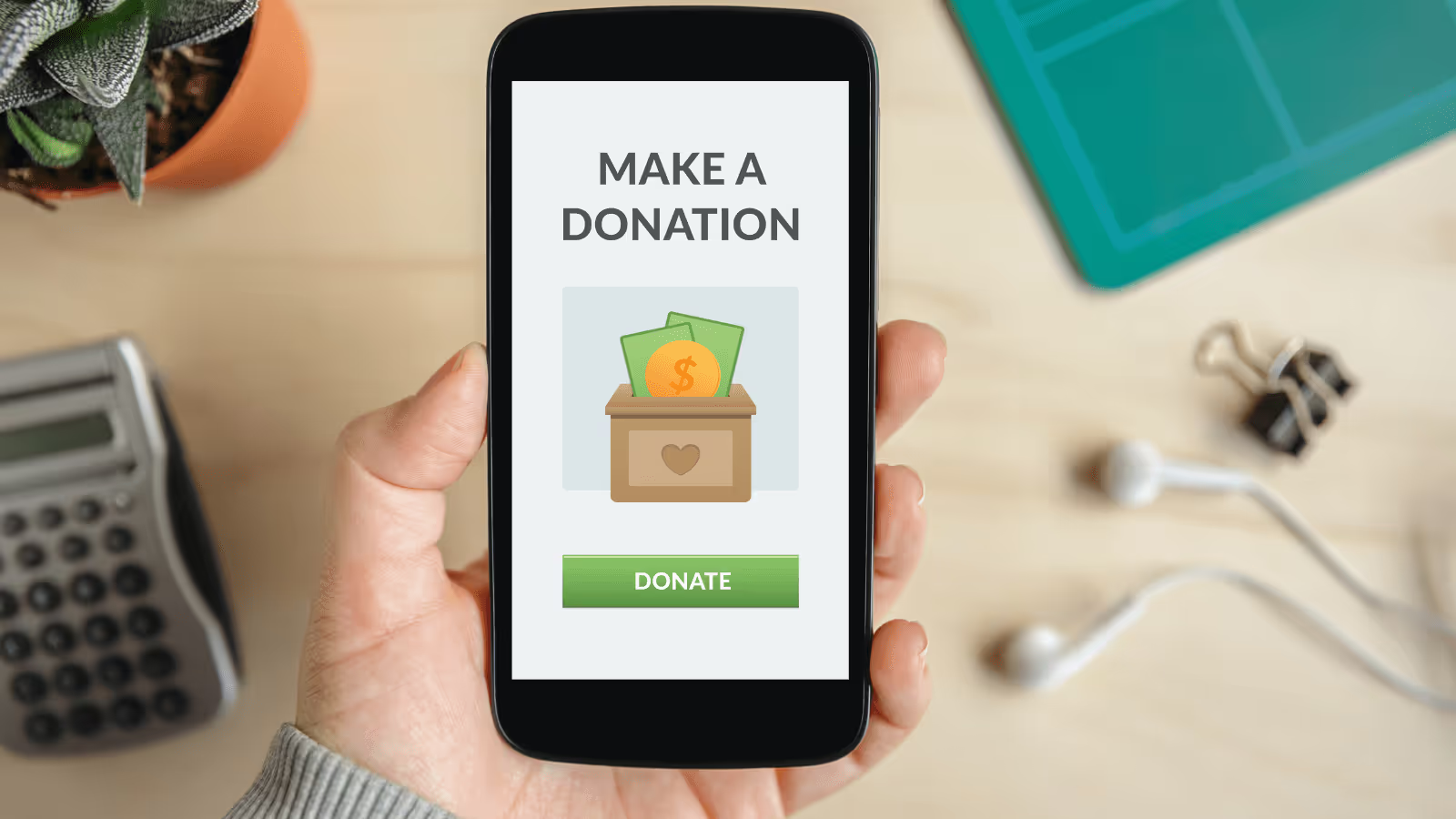







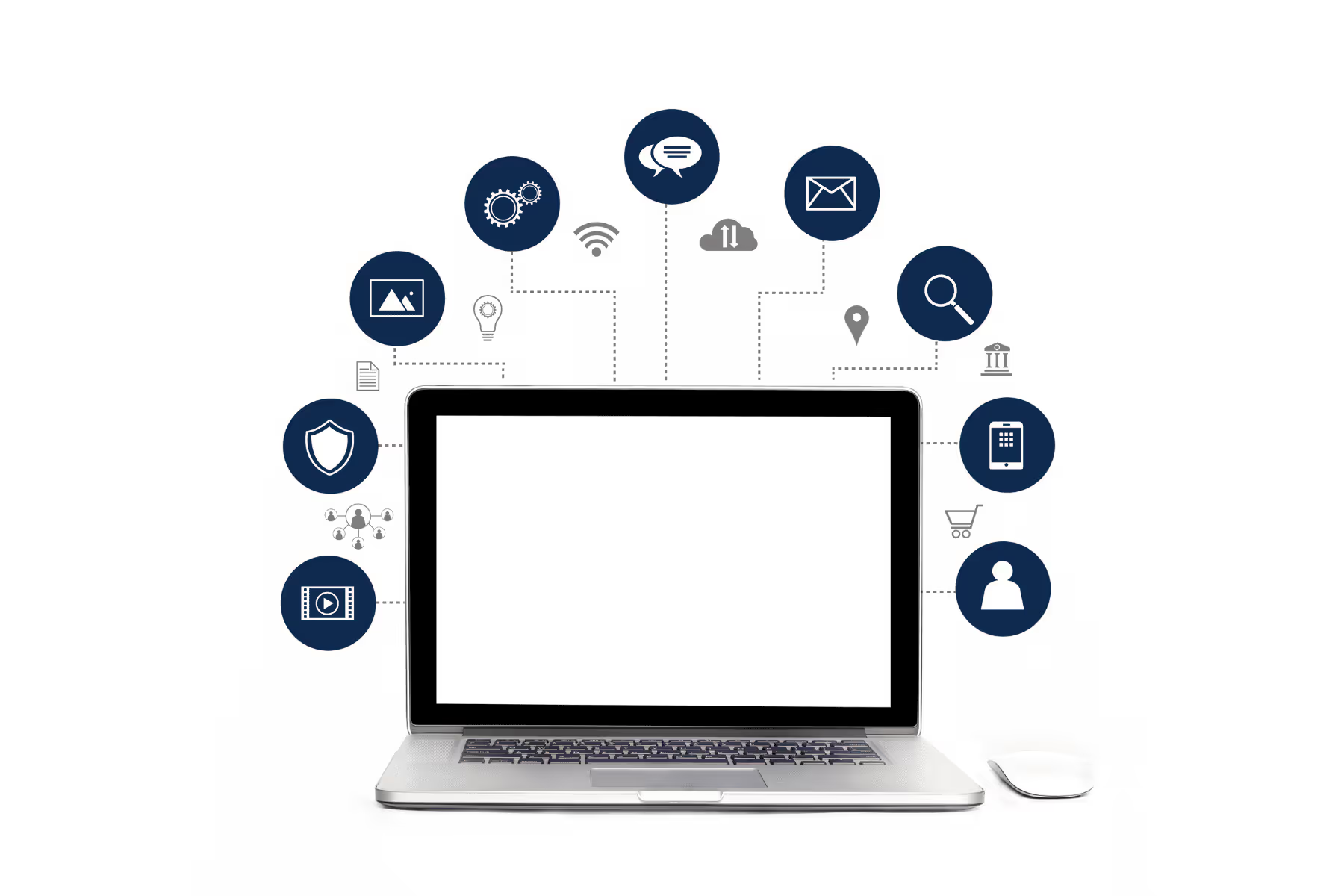

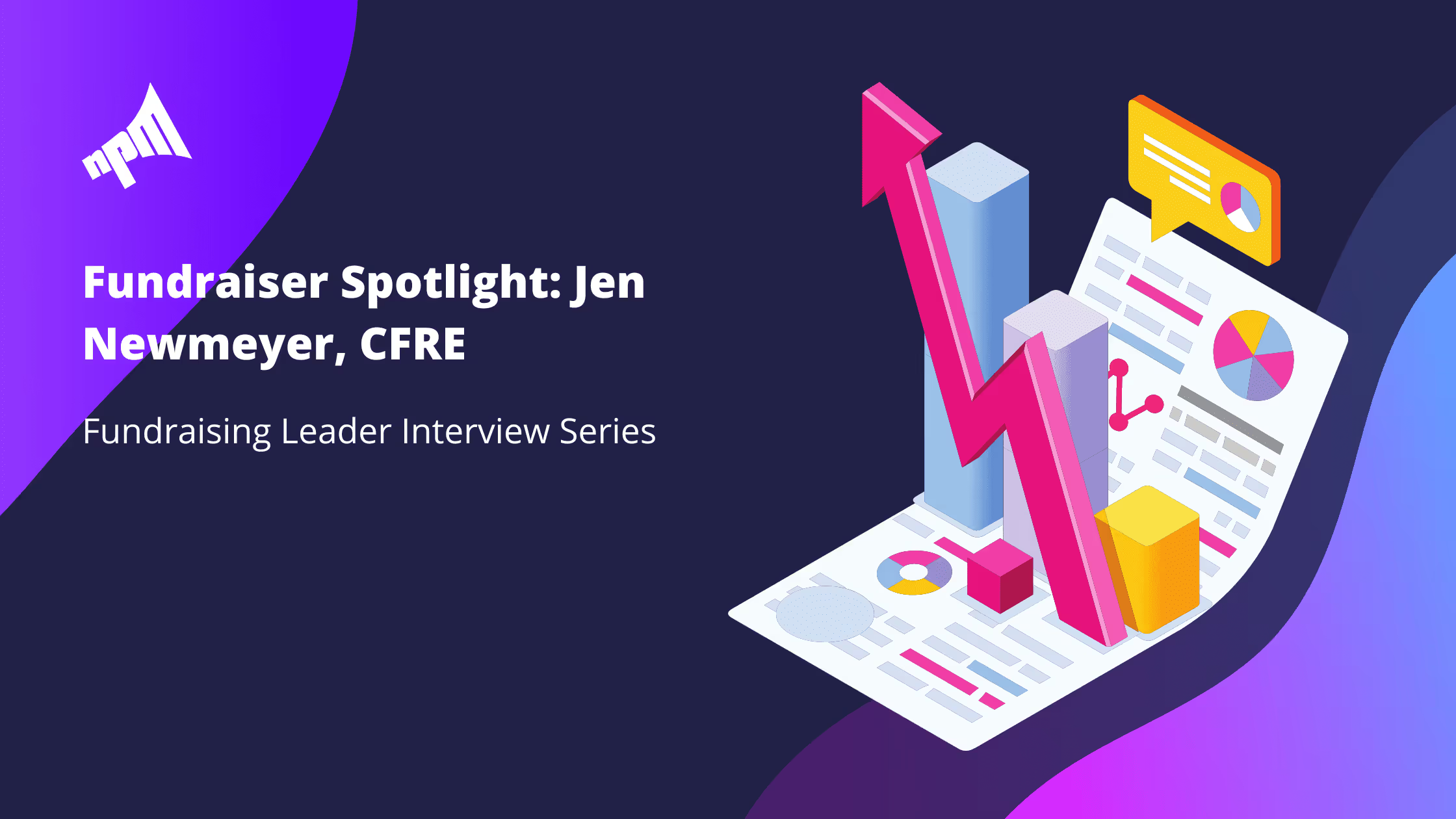






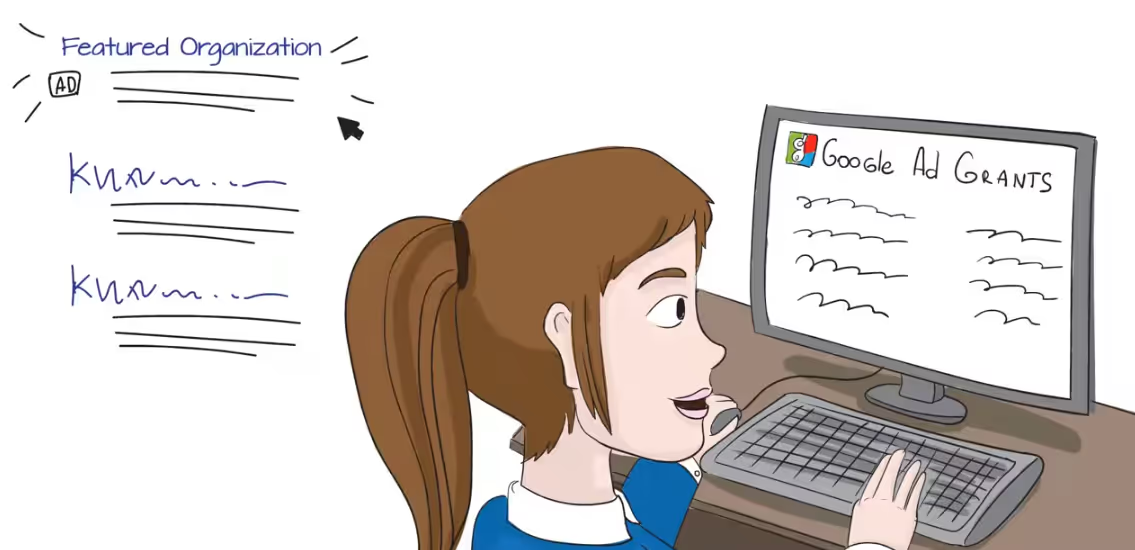








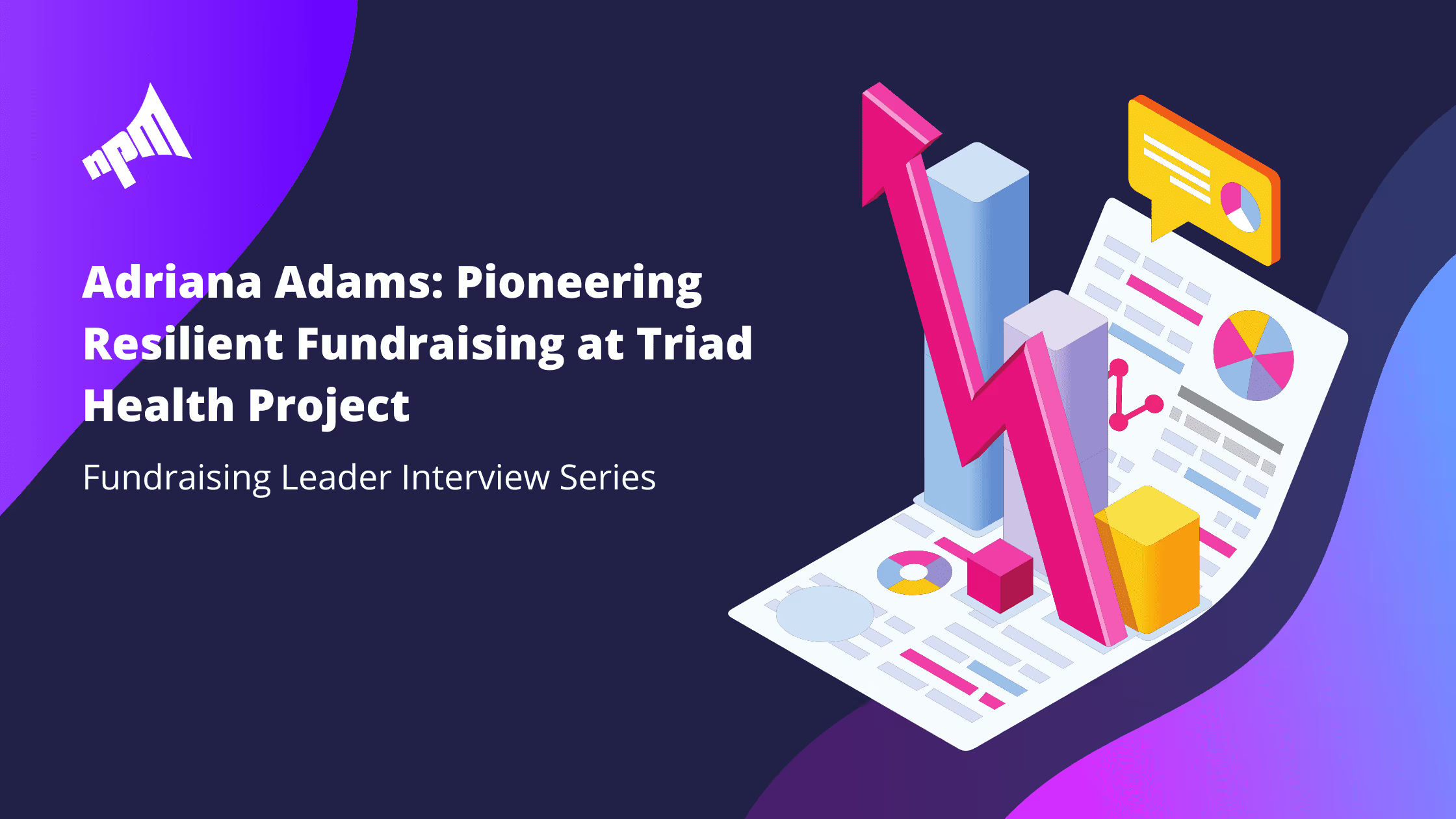

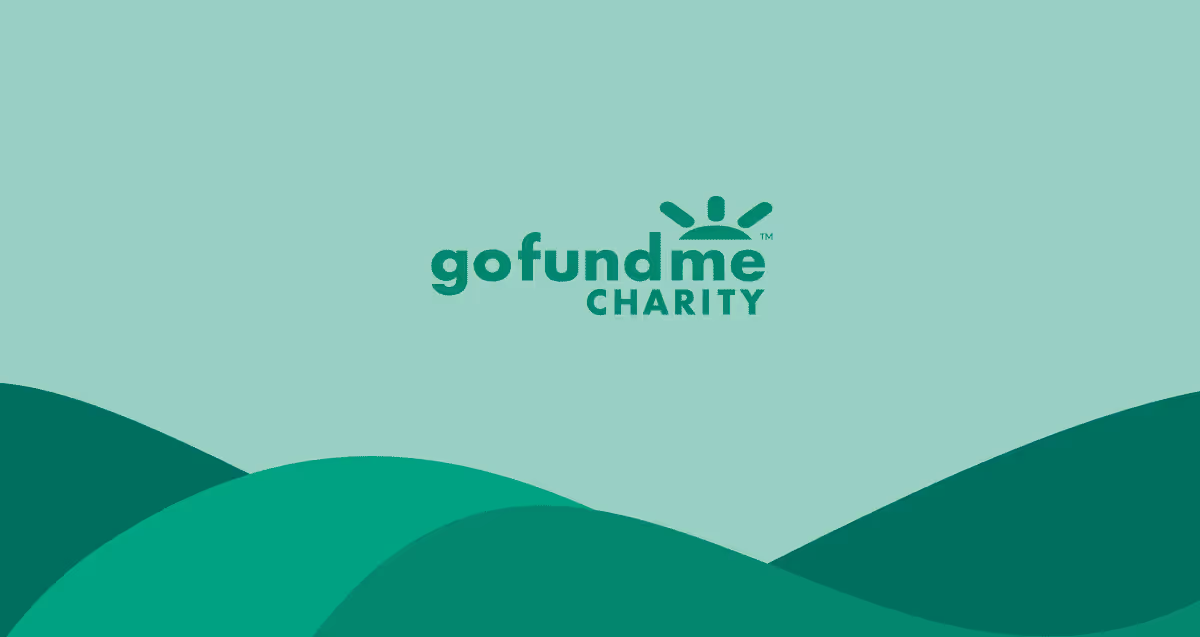


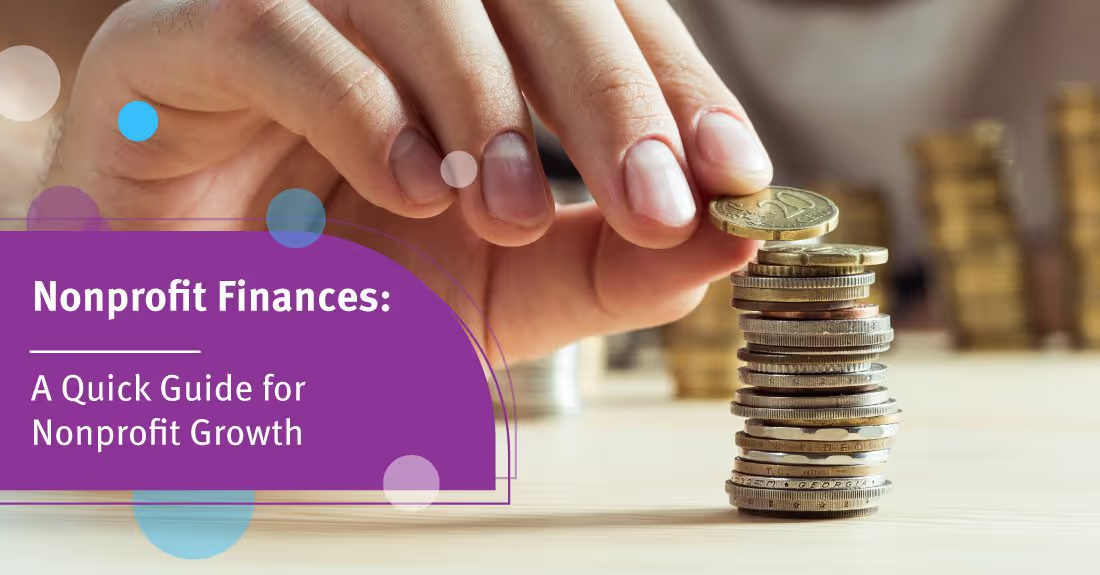
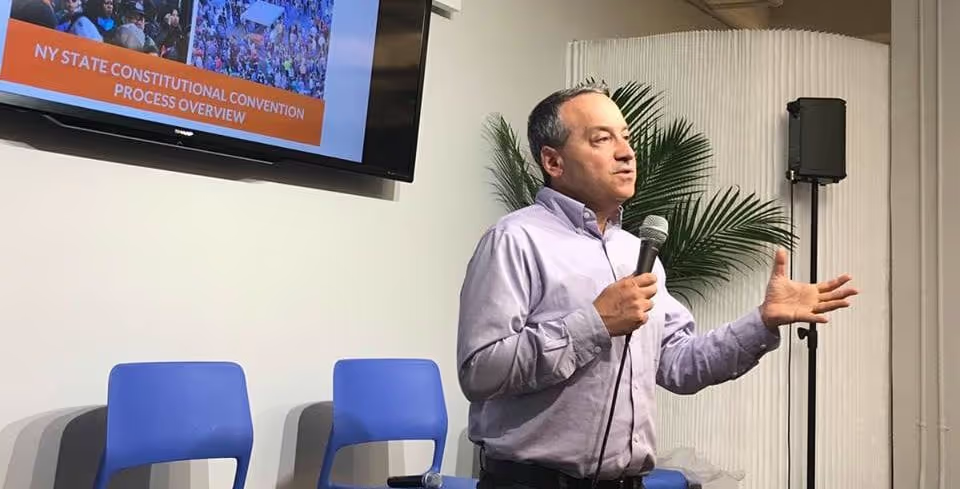







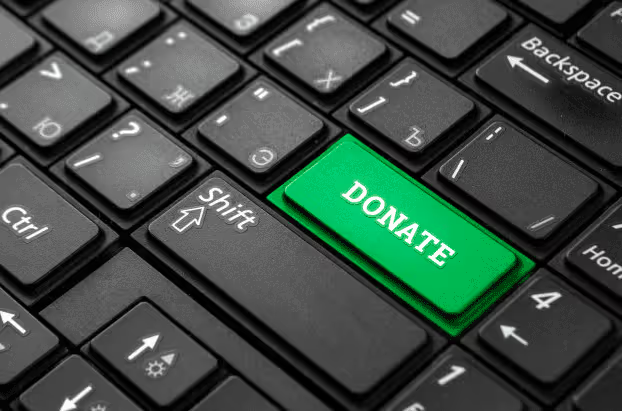




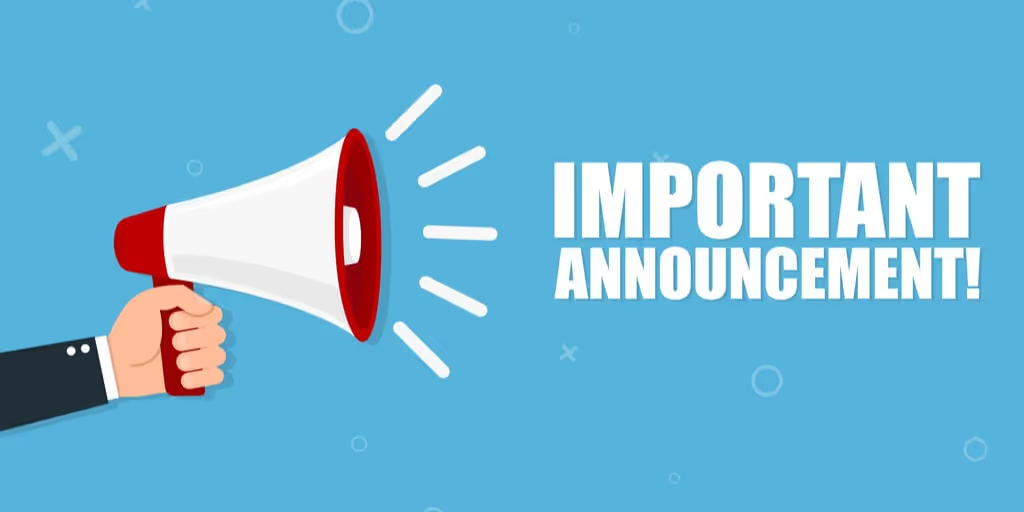


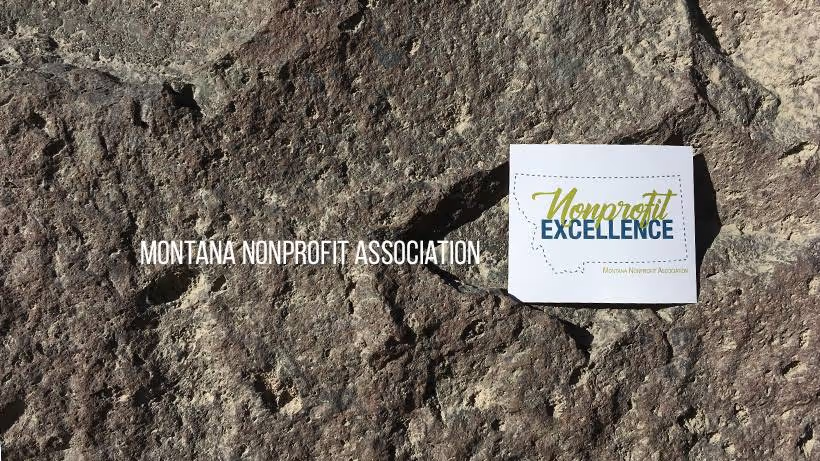






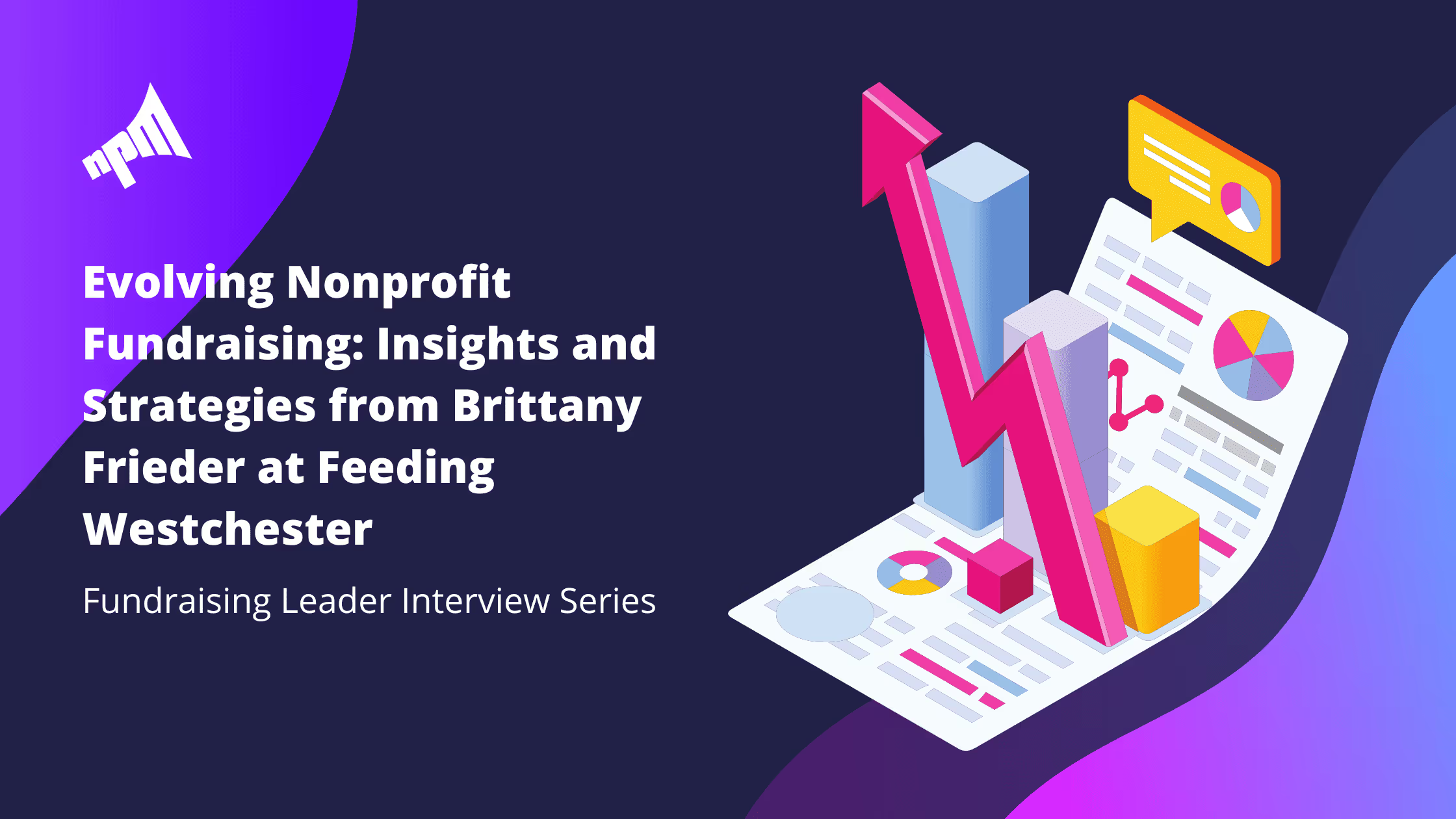

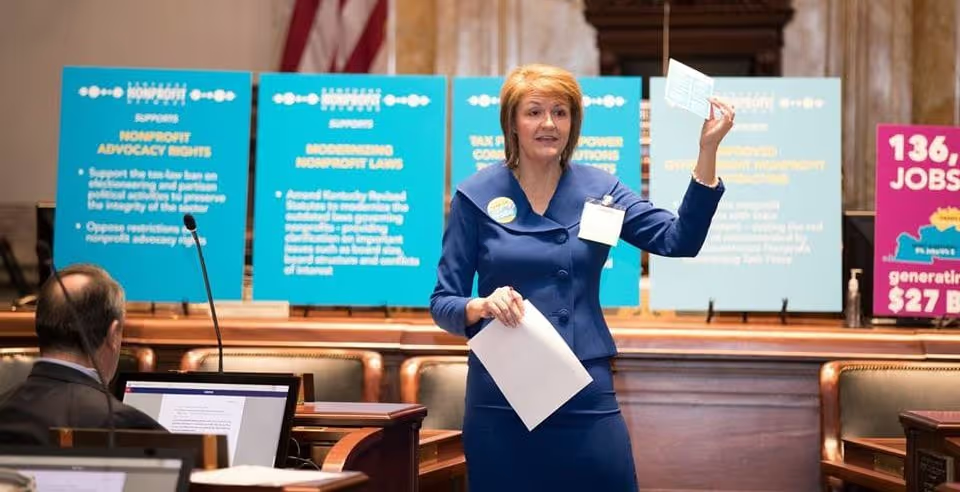









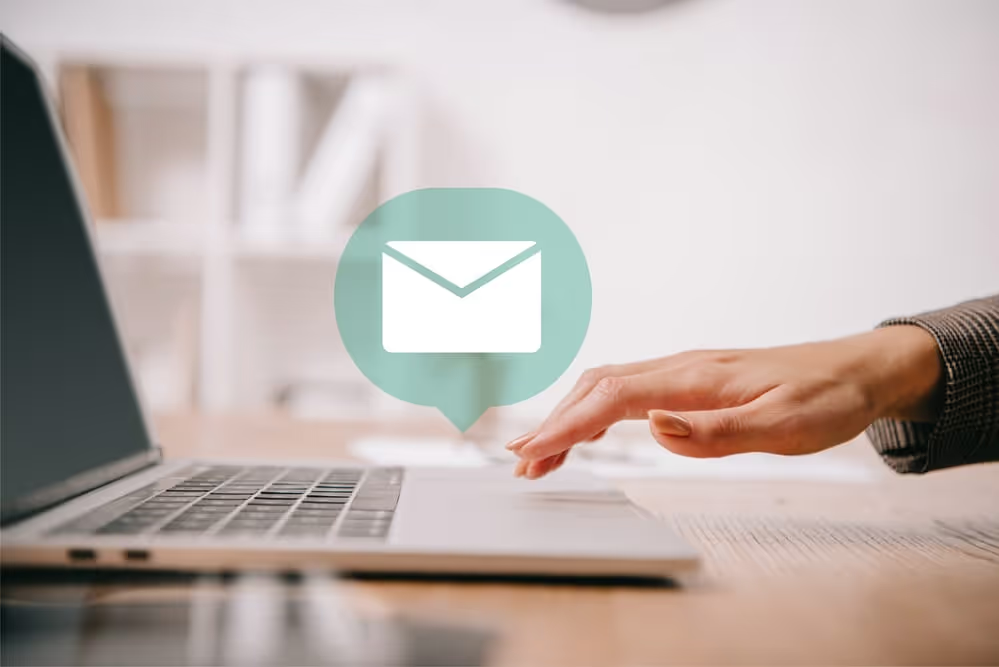












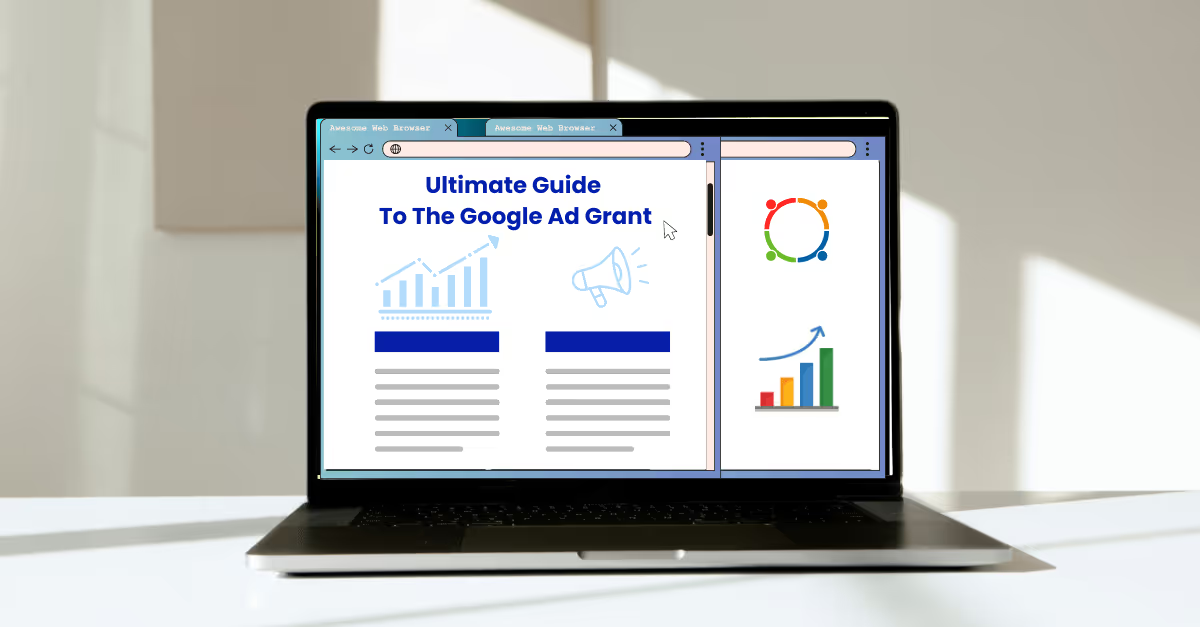






.svg)
.svg)
.svg)
.svg)